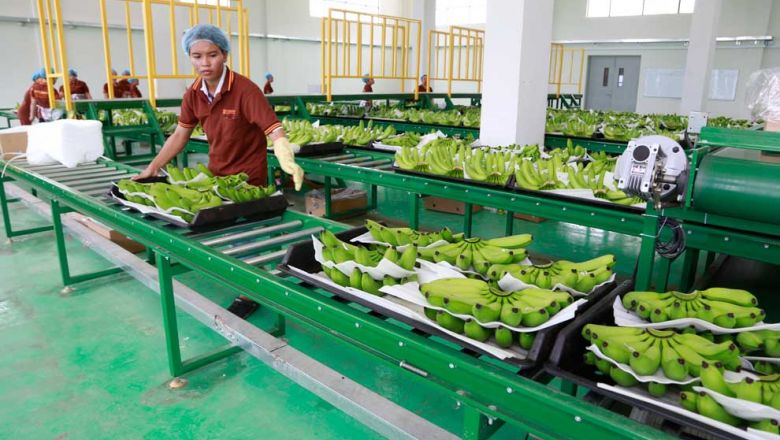Commercial livestock output up 17%
Commercial livestock output up 17%
Commercial livestock output in Cambodia this year to December 2 rose 17.61 per cent over the same time last year, propped up by government initiatives aimed at fuelling domestic agricultural production and increasing people’s incomes amid Covid-19, according to Minister of Agriculture, Forestry and Fisheries Veng Sakhon.
With household and industrial operations ramping up, he said 49,423,558 head of cattle, pigs and poultry were logged from January 1-December 2, up from the 42,022,137 head posted in the corresponding period last year.
“The ministry has remained scrupulous and steadfast in its responsibility for taking the government leadership’s recommendations and applying them to promote local agricultural production in sectors such as horticulture, aquaculture and livestock.
“This is to create jobs, generate and increase household sources of income and ensure food security,” Sakhon said.
Ministry spokesman Srey Vuthy has said total livestock production yielded more than 45 million head last year, up 3.47 per cent compared to 2018.
The figure comprises 2.77 million head of cattle, 2.18 million head of pigs and 40.39 million head of poultry, according to him.
Cambodia Livestock Raisers Association (CLRA) president Srun Pov acknowledged that commercial animal husbandry has seen rapid growth over the year, buoyed by robust market demand for meat.
He said: “A large number of non-migrant farmers have dabbled into agriculture as well, and are apparently raising a lot of animals seeing how little the sector has been perturbed by Covid-19.”
He pinned the growth on prominent market players’ expansions of meat production and authorities’ tighter grip on imports from neighbouring countries.
“They [large companies] have enough money and infectious disease control is well-established. These are the factors driving that growth, along with farming households’ expansions of animal husbandry activities.
“Hence this is a positive signal that people are self-employed, which demonstrates the government’s profound attentiveness to the animal husbandry sector,” Pov said.
Nheb Savath, a 38-year-old pig farmer in Kandal province, said the price of live hog had risen to 12,000 riel ($3) per kg as of the beginning of this month, thanks to government efforts through the ministry.
Using national statistics provided by Pov as reference, this is up from 9,000 riel per kg in August 2018, 10,000 in March 2019 and 11,000 in May 2019 – increases that he attributed to the early 2019 onset of African swine fever (ASF) – but is down from 13,000 in February and level with the 11,000-12,000 riel per kg quoted in June.
Savath said: “I’ve seen plenty of people coming here and raising flocks of animals, raising pigs now that they fetch better market prices than before. This brings them heftier profits and motivates them to raise even more.”
While he currently raises 100 pigs, Savath plans to increase that to 200-300 next year. He said piglets are typically raised until they’re somewhere between four and five months old.
He said he normally sells 20 slaughter hogs at a time, each weighing around 100kg.
“I supply pork to the Phnom Penh market and would like to thank the government and the agriculture ministry, as well as the association, for pushing for a market and encouraging farmers to continue raising pigs,” Savath said.
Sakhon revealed that there are currently 1,232 livestock farms in the Kingdom, which he said was up 35.60 per cent over the year-ago period.
He said there are 682 poultry farms, 547 pig farms and 54 cattle farms with 17.13 million, 1.33 million and 12,974 head in stock, which means that they are kept generally for breeding purposes.














